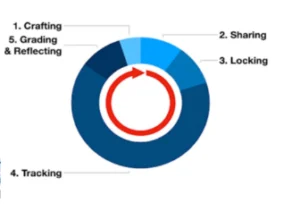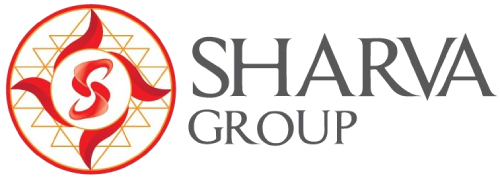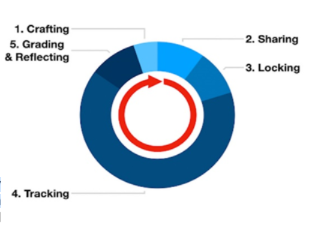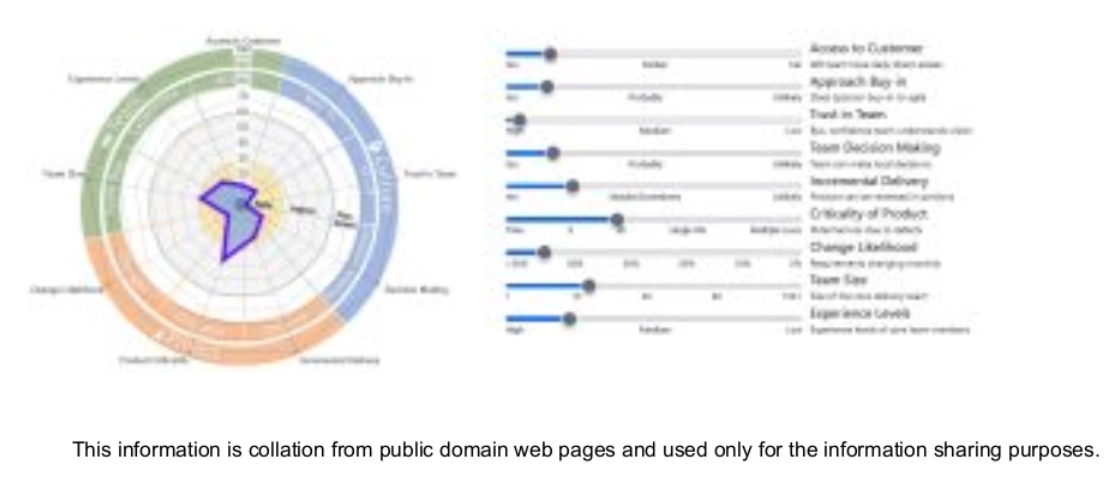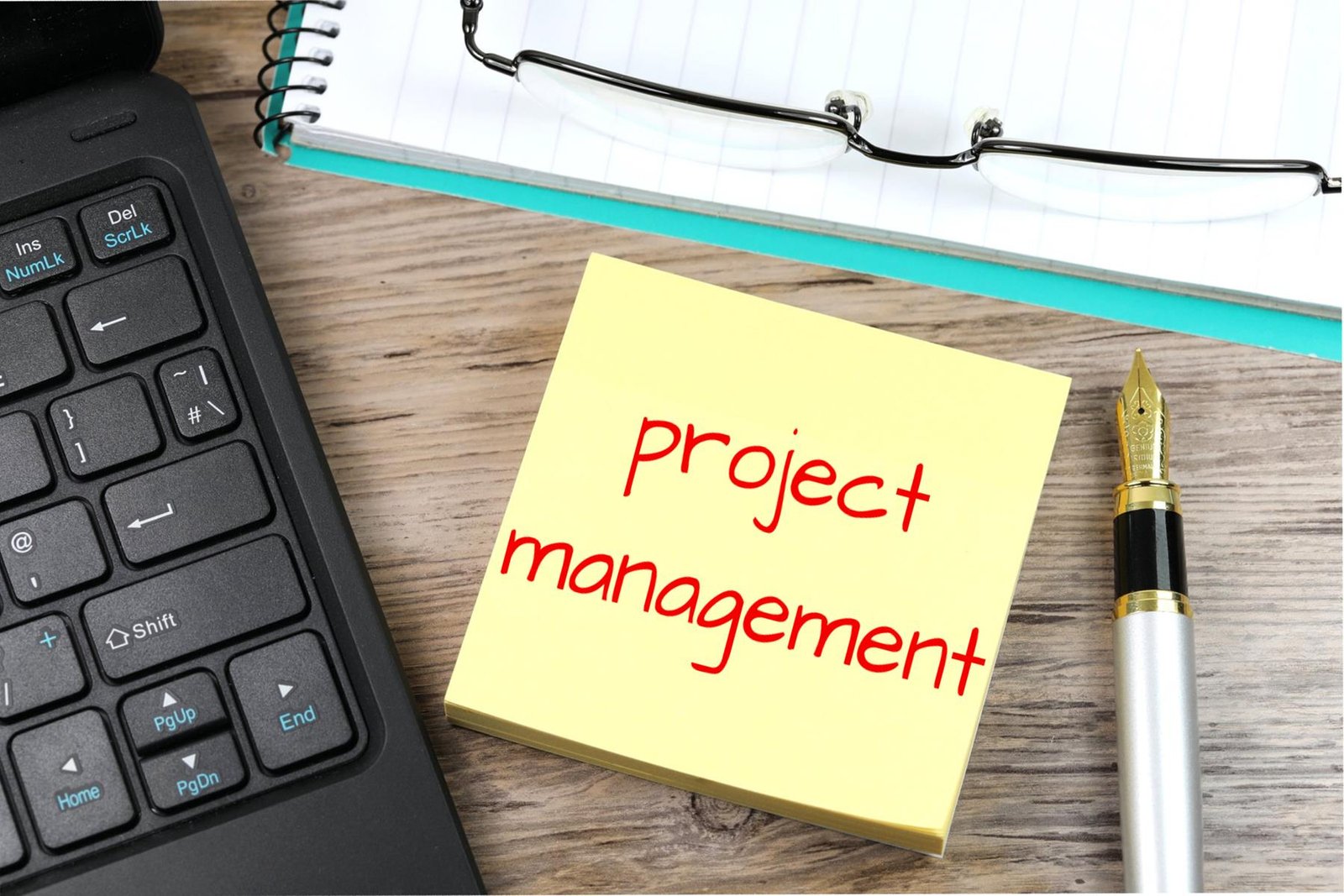What is OKR ?
OKRs are a management methodology which helps to ensure that your company focuses efforts on the same important issue throughout the organisation.
- Objective – is what you want to accomplish
- Key results – are how will you accomplish it
Objectives are:
- Significant
- Concrete
- Action-Oriented
- Inspirational
Key Results are:
- Specific and Time-bound
- Aggressive yet Realistic
- Measurable and Verifiable
OKR should answer :-
- Purpose → “Why are we here?”
- Mission → “What do we do?” and “Who do we serve?”
- Objectives → “What are we trying to do?”
- Key Results → “How do we know when we’ve made it?”
Three categories of OKRs – Committed, Aspirational, learning.
Some Examples:-
O1: Make the world healthier.
- KR1: 25% increase in people impacted by our work.
- KR2: Increase our publishing by 25%.
- KR3: Document our current commitment to diversity, equity, and inclusion (DEI) and communicate future plans.
O2: Secure our financial future.
- KR1: Funding levels increased by 100%.
- KR2: Shift the ratio of grants and contracts to discretionary expenses to 75%/25%.
- KR3: Improved efficiency of cross-departmental collaboration.
O3: Maintain a world-class, collaborative, inclusive workforce.
- KR1: Each team defines a team-specific mission that aligns with organizational values.
- KR2: All employees participate in at least 3 DEI trainings.
- KR3: Every job search candidate pool meets a company-wide standard of diversity.
- KR4: All managers document at least quarterly check-ins with their reporting team members.
The OKR Cycle:-
Every OKR cycle contains five phases: crafting, sharing, locking, tracking, and grading/reflecting. Let’s take a look at each one, with sample time frames for a quarterly OKR cadence.
- Crafting (3-5 days):- This is the period where OKRs are written.
- Sharing (up to 1 week):- In this phase, a team’s OKRs are shared with the rest of the organization.
- Locking (up to 1 week):- After everyone has cascaded and laddered their OKRs, they now have an opportunity to finalize their OKRs and resolve any alignment issues that have surfaced. Check in with other teams to see if sharing an OKR could help build momentum and commitment.
- Tracking:- The rubber meets the road. Teams meet regularly to review their work and track their KR’s progress.
- Grading/Reflecting (1 week):- The entire organization takes a breath to give each OKRs a score and then reflect on the cycle behind them in order to carry into the next cycle.
